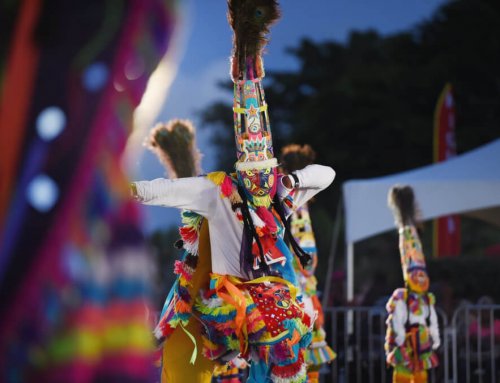Did You Know… How Tennis Came to Bermuda?
By Horst Augustinovic
When Mary Ewing Outerbridge returned to her Staten Island home from a holiday in Bermuda in 1874, she had trouble getting through customs in New York. In her luggage the customs inspectors had found some curious objects – a long, narrow net, which did not look like a fishing net, and several implements with handles and webbed heads. Could they be rug beaters, butterfly catchers or perhaps snowshoes?
Miss Outerbridge explained that this was the equipment needed for a new outdoor game called Sphairistiké. A few weeks later this new game – clearly neither cricket nor baseball – was played at the Staten Island Cricket and Baseball Club. Across a net hung between two posts, gentlemen and ladies could be seen hitting a bouncing rubber ball with some sort of bat. Sphairistiké had come to America.
It was earlier in 1874, that Major Walter Wingfield had applied for a patent on “a new and improved portable court for playing the ancient game of tennis.” A British officer and avid sportsman, Major Wingfield claimed that the new “portable court” constituted a new game, as the “ancient game of court tennis” was an indoor affair with complicated rules where a ball could bounce off all four walls and still be in play. Major Wingfield’s game, on the other hand, was far simpler. All it required was a lawn, two posts and a net, and rackets to hit the ball with. It was much like badminton, with the important difference that in lawn tennis a rubber ball was used instead of a feathered “bird”, making for a much more energetic contest.
A classical scholar, Major Wingfield based the name of his new game – Sphairistiké – on a Greek word meaning ‘ball-playing’. For a popular game this was not exactly a great name. One wit wrote ‘I hear that Major Wingfield intends bringing out a game with a Greek name. The name, I understand, will not exceed ten syllables, and may be easily mastered in six lessons’. Since the new game was clearly descended from court tennis, it quickly became known as lawn tennis and Sphairistiké was soon forgotten.
Right to the end of the nineteenth century few ladies ventured on the court in anything but lawn-sweeping skirts and large hats. Only slowly short skirts – that is, just above the ankle – and small hats were introduced. Tennis dress for men, on the other hand, started out on the casual side with knickers, tam’o-shanters, long trousers, colorful cravats, and bright blazers. Gradually, white became the favoured color, and by the end of the century fashionable players were seldom seen on the court in anything else, however, long white trousers and a white shirt was to prevail for another half century.
Other paraphernalia of the game – nets, balls, and rackets – evolved slowly during the early years of tennis. There was little change in the net, a little more in the ball and most of all in the racket. In fact, the search has always been for a racket that would impart more speed to the ball with less effort, and this led to tighter stringing and metal frames. Yes, tennis is a great game and Major Wingfield and Mary Outerbridge deserve every tennis players’ thanks.
Comments: netlink@link.bm






